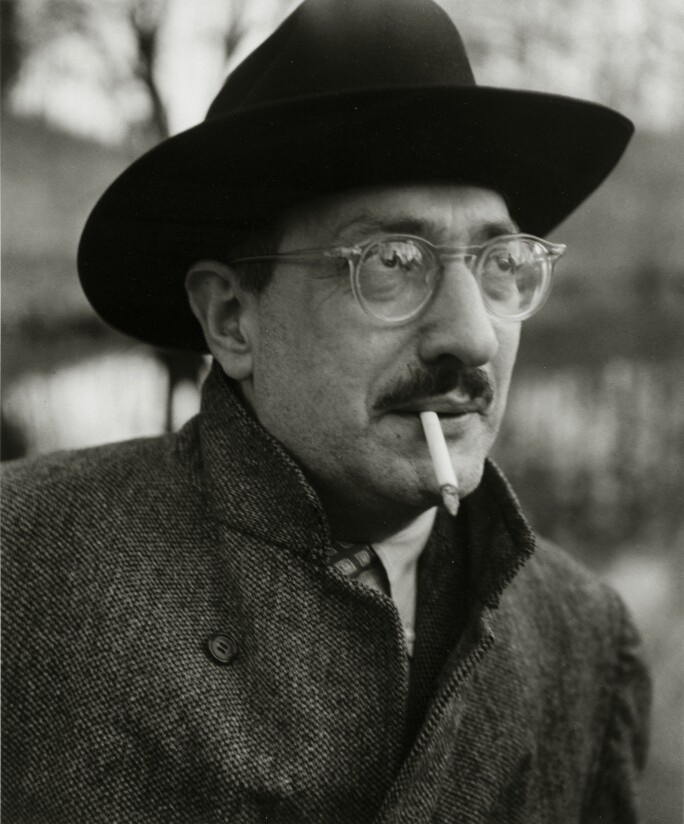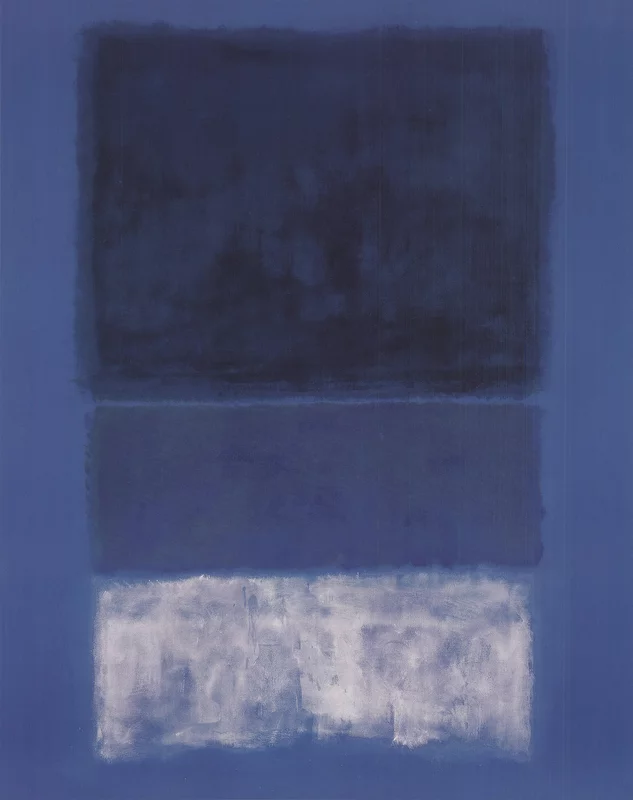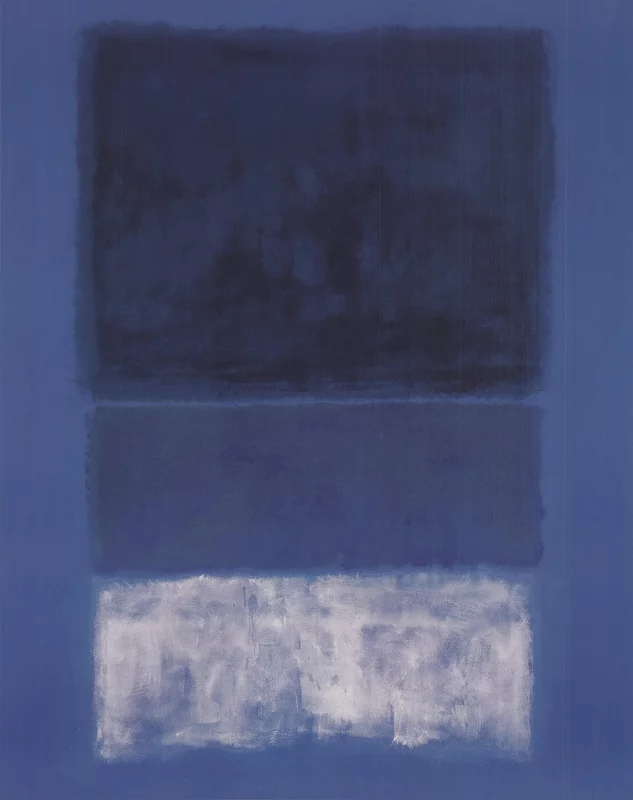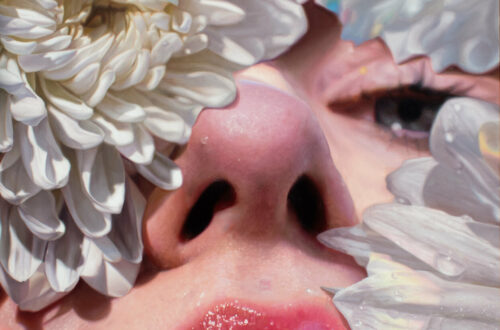Mark Rothko, a luminary of abstract expressionism, left an indelible mark on the art world with his profound and emotive paintings. Among his most renowned works is “No. 14 (White and Greens on Blue),” a masterpiece that encapsulates Rothko’s distinctive style and philosophical approach to art. In this exploration, we delve into Rothko’s life, his journey as an artist, the significance of “No. 14 (White and Greens on Blue),” and intriguing facts about this captivating artwork.
Who was Mark Rothko?

Mark Rothko’s life story is as compelling as his art. Born Marcus Rothkowitz in 1903 in Dvinsk, Russia (now Daugavpils, Latvia), he immigrated to the United States with his family to escape persecution against Jews. Rothko’s early years were marked by struggle and hardship, but his passion for art ignited a flame that would burn brightly throughout his life. He immersed himself in the vibrant cultural scene of New York City, studying at various art schools and honing his craft. It was during this time that Rothko began to develop his unique artistic vision, one that would challenge conventions and redefine the boundaries of contemporary art.
His Career
Rothko’s artistic journey was a tapestry of experimentation and evolution. Influenced by surrealism and mythology in his early years, he gradually transitioned towards abstraction, a style that would become synonymous with his name. Rothko’s paintings are characterized by expansive fields of color that seem to pulsate with life and emotion. He believed that art should transcend mere representation and tap into the universal human experience. Through his bold use of color and form, Rothko sought to evoke deep emotional responses and provoke contemplation.
As his career progressed, Rothko’s work gained recognition and acclaim, solidifying his status as a leading figure in the abstract expressionist movement. His paintings graced the walls of prestigious galleries and museums, captivating audiences with their ethereal beauty and raw intensity. Despite his success, Rothko remained fiercely dedicated to his craft, continually pushing the boundaries of his art and exploring new avenues of expression.
What is Happening in No. 14 (White and Greens on Blue)
“No. 14 (White and Greens on Blue)” is a mesmerizing symphony of color and emotion. This masterpiece invites viewers on a journey of introspection and self-discovery. Set against a serene blue background, delicate patches of white and green dance across the canvas, creating a sense of harmony and balance. The colors seem to blend and blur together, blurring the lines between reality and abstraction. Rothko’s use of color is masterful, imbuing the painting with a sense of depth and luminosity that captivates the imagination.
Dive into No. 14 (White and Greens on Blue)

| Artist | Mark Rothko |
| Date Created | 1998 |
| Medium | Oil on canvas |
| Genre | Abstract Expressionism |
| Period | Mid-20th Century |
| Dimensions | 90.2 × 69.9 cm |
| Series / Versions | Part of Rothko’s color field paintings |
| Where is it housed? | Museum of Modern Art (MoMA), New York |
Significance and Impact
“No. 14 (White and Greens on Blue)” is not merely a painting; it is an experience. Rothko believed that art should transcend the physical and speak directly to the soul, and this piece exemplifies that philosophy. The painting’s abstract composition allows for endless interpretation, inviting viewers to immerse themselves in its luminous depths and explore the mysteries of existence. Its emotional resonance is palpable, touching hearts and minds in ways that words alone cannot express.
Interesting Facts
Challenging Tradition: Rothko was a trailblazer who dared to defy the conventions of his time. In an era dominated by realism and figurative art, he pushed the boundaries of what art could be, paving the way for future generations of abstract artists.
The Power of Color: Rothko was deeply fascinated by the psychological effects of color. He believed that colors had the power to evoke specific emotions and sought to harness this power in his paintings. Each hue in “No. 14 (White and Greens on Blue)” is carefully chosen to elicit a particular mood or feeling, creating a rich tapestry of sensory experience.
The Rothko Chapel: One of Rothko’s most enduring legacies is the Rothko Chapel in Houston, Texas. Designed as a place of contemplation and reflection, the chapel features fourteen monumental paintings by Rothko, including several from his iconic “No.” series. Visitors to the chapel are invited to sit in quiet meditation, surrounded by Rothko’s luminous canvases, and immerse themselves in the spiritual beauty of his art.
Frequently Asked Questions
How big is Mark Rothko’s No 14?
This artwork is expansive, nearly nine feet in both height and width. It features a prominent area of vibrant orange pigment dominating the upper portion, occupying approximately two-thirds of the canvas, while beneath lies a rectangular expanse of deep, contemplative cobalt blue.
What does blue in art represent?
Blue commonly represents depth, stability, wisdom, faith, truth, and the heavens. However, it can also convey coldness, indifference, and sadness. When merged with the vibrant energy of red, purple emerges, symbolizing royalty, nobility, pride, luxury, and ambition. On the flip side, purple may denote decadence, conceit, and pomposity.
Conclusion
“No. 14 (White and Greens on Blue)” is a testament to Mark Rothko’s unparalleled talent and visionary spirit. Through his art, Rothko invites us to embark on a journey of self-discovery and contemplation, to explore the depths of our own emotions and the mysteries of the universe. As we gaze upon “No. 14 (White and Greens on Blue),” we are reminded of the transformative power of art to illuminate the human experience and connect us to something greater than ourselves. In a world filled with noise and distraction, Rothko’s paintings offer a moment of quiet reflection, a sanctuary for the soul amidst the chaos of modern life.













